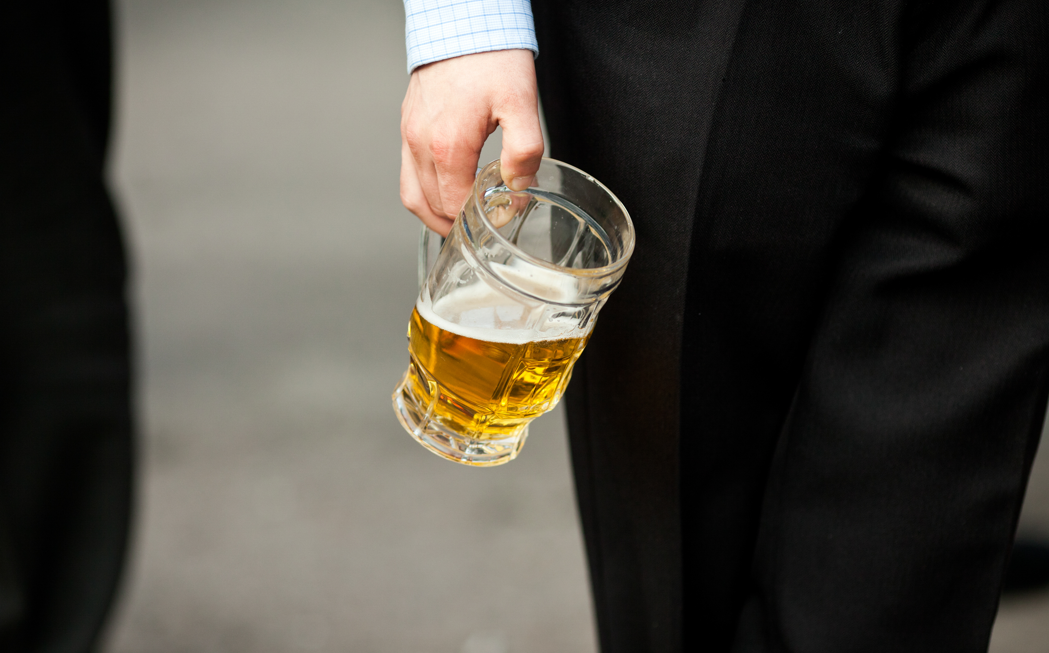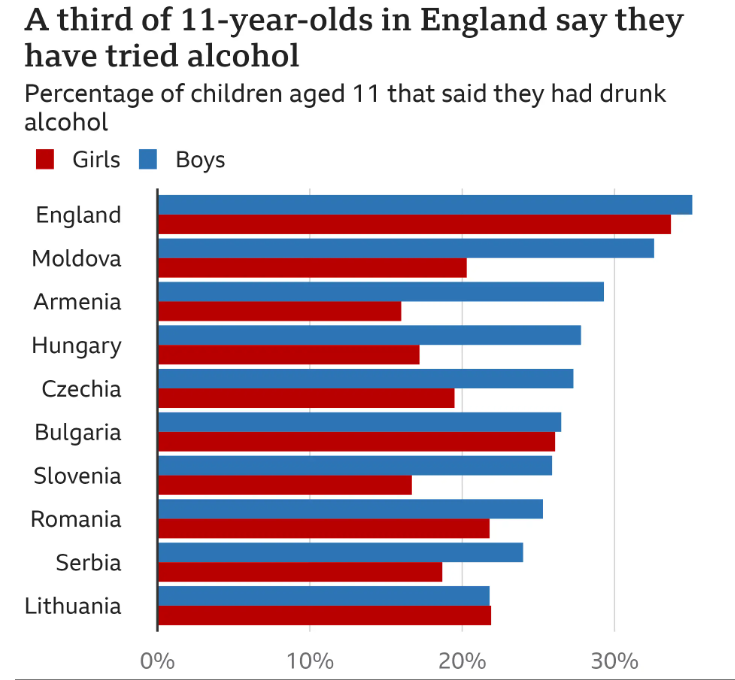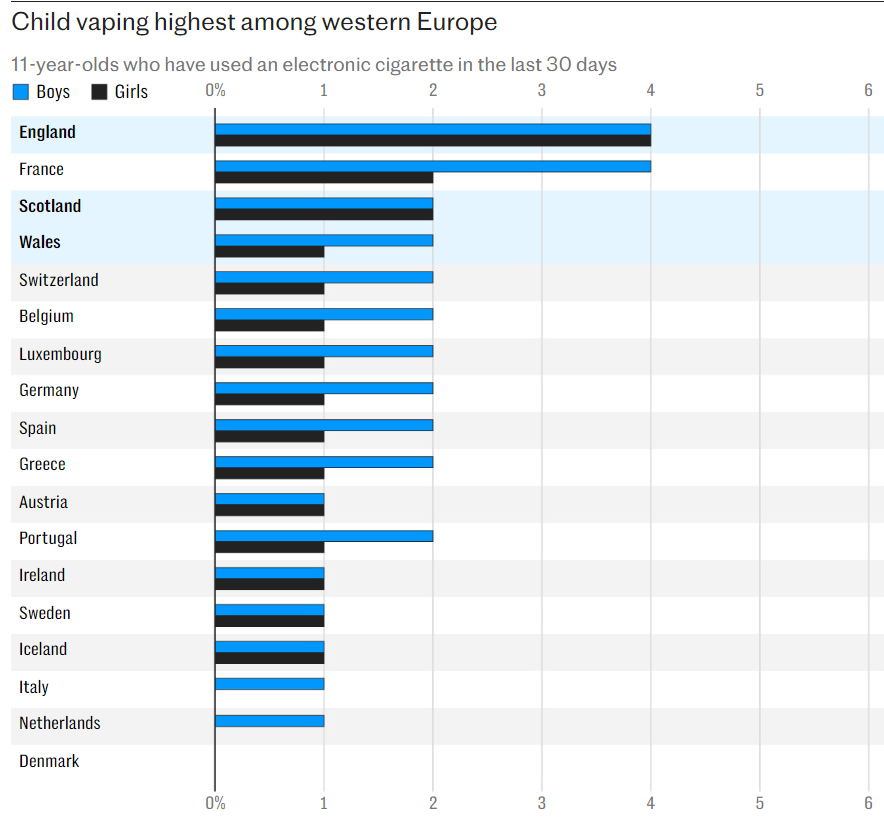Alarm Bells! England Tops Global Charts for Child Alcohol Consumption

©️ freepic.diller / Freepik
A new report by the World Health Organization (WHO) paints a concerning picture of child alcohol consumption and substance use in England, UK.
This large-scale study, examining data from 280,000 children aged 11, 13, and 15 across 44 countries, reveals worrying trends specific to the UK.
England Tops the Charts, With Girls Leading the Charge
England has emerged as the nation with the highest rates of underage drinking among the surveyed countries. By the alarming age of 11, about 35% of boys and 34% of girls in England have already consumed alcohol.
This figure skyrockets to a disturbing 57% of girls and 50% of boys in England by the age of 13.

The report also highlights a trend: girls in England are surpassing boys in their use of alcohol, vaping, and smoking. By the age of 15, 40% of girls in England and Scotland have vaped, compared to 26% of boys. Similarly, a higher proportion of girls than boys are trying cigarettes and alcohol at a younger age in England.
Afford to Drink Younger
The research sheds light on a link between affluence and alcohol consumption. Children from wealthier families in England are more likely to drink alcohol compared to those from less privileged backgrounds.
This highlights a potential need for interventions to ensure all children receive access to support and education regarding substance use.
UK Child Alcohol & Vape Consumption: What Did Play a Role?
While the report doesn’t pinpoint the exact reasons behind the UK’s high rates, researchers suggest several possible contributing factors:
- The Impact of Lockdowns: The COVID-19 lockdowns might have negatively impacted lives and mental health, leading children to use substances as a coping mechanism.
- Cultural Normalization: Drunkenness might be more ingrained in British society compared to other countries, potentially influencing children’s attitudes towards alcohol.
- Marketing and Media Influence: Targeted online marketing and popular culture that normalizes these substances could be contributing factors.

Taking Action: Protecting Our Youth
Public health experts advocate for a multi-pronged approach to tackle this issue:
- Strengthening Regulations: Stricter regulations on alcohol marketing targeting young people are crucial. Proponents have called for a ban on the alcohol industry educating children on “responsible drinking.
- Parental Responsibility: The report highlights the role of parents in setting positive examples and restricting access to alcohol and other harmful substances. Open communication and education within families are essential.
- Education and Support: Educational programs to raise awareness of the risks associated with alcohol, vaping, and smoking are crucial. Additionally, support services should be readily available for children struggling with substance use.
Government Response: Strides Towards a Safer Future
The UK government has acknowledged the issue and introduced measures to curb child access to harmful substances. These include:
- Smoke-free Generation Initiative: Aimed at creating the UK’s first smoke-free generation by banning the sale of tobacco products to anyone born after January 1, 2009.
- Vape Restrictions: Measures like limiting vape flavors, packaging, and displays are being implemented to reduce their appeal to children.
- Age Restrictions: Existing age restrictions on the sale of alcohol and tobacco products will continue to be enforced.
A Collective Effort for Change
The UK faces a significant challenge in tackling child alcohol consumption and substance use. To address these issues effectively, it requires stricter regulations, parental involvement, and educational initiatives.
You might also like to read: Alcohol Addiction in Men Can Affect the Unborn Baby


